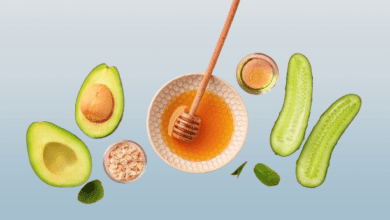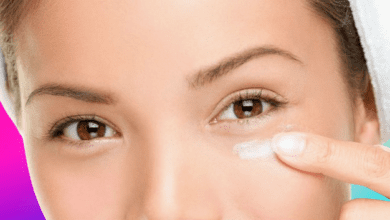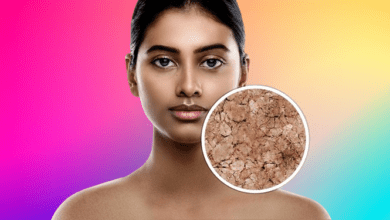10 Easy DIY Skincare Routines for Acne-Prone Skin

It’s common knowledge for people with acne-prone skin that treating pimples and spots and keeping them from returning are never-ending battles. But if you’d rather go the natural route and find something to try if reading about ingredients like salicylic acid, benzoyl peroxide, and AHAs makes your head spin, here’s what you can try.
1) Use tea tree oil as a localized remedy.
Due to its antibacterial and anti-inflammatory properties, tea tree oil is a widely used ingredient in acne treatments. Applying 5% tea tree oil to areas prone to breakouts is a good first step toward clear skin because it fights the infection while soothing and calming the affected area.
2) Rinse with apple cider vinegar
Diluted apple cider vinegar tonic works as a natural astringent if alcohol-based toners are too strong for your skin type. It can eliminate bacteria from the skin’s surface and bring the pH balance back to normal. As a vital component of healthy skin, this aids in strengthening the skin barrier.
3) Include turmeric in both your oral and topical routine.
Strong anti-inflammatory and antioxidant qualities make turmeric an excellent skin brightener that also increases the production of collagen. Turmeric can help reduce acne by promoting wound healing and reducing inflammation from the inside out when added to smoothies or other foods.
4) Consider administering green tea.
Acne can be effectively treated and prevented with green tea’s anti-inflammatory, antibacterial, and antioxidant-rich qualities. Simply steep a few minutes’ worth of green tea in boiling water, allow it to cool, and then use a cotton ball to apply it to your face.
5) Use honey everywhere.
The main natural antibacterial properties of honey are the reason it’s recommended as a treatment for acne. Additionally, the sugars in honey absorb the water in the pore lining, creating an environment that is unfavorable to the P acnes bacteria that causes acne.
6) Apply aloe vera to soothe the skin
Stop using harsh exfoliating agents exclusively on skin that is prone to acne! Aloe vera can be used to soothe and moisturize skin, which will counteract the drying effects of the substance. It’s the best for calming irritated skin, but it also controls oiliness and soothes inflamed pimples. Aloe vera is a great way to cool the skin and prevent breakouts because it contains salicylic acid and sulfur, two amazing ingredients that fight acne.
7) Apply steam to your face
Steaming is a well-liked method for revitalizing and detoxifying the skin. The heat facilitates unplugging and cleaning by helping to loosen congealed pores, which are the precursors to acne. In addition, the heat forces blood and nutrients to rush to the skin, improving blood circulation and giving you a glow. Using a clay mask after really helps to draw out all the impurities, to give it an extra boost.
8) Chill it
Even though it may seem too simple, being cold can narrow blood vessels and lessen localized redness, which is important if you have an uncomfortable, inflamed zit. Just take care to avoid getting ice directly on your skin to avoid burning it. Rather, place it over your spot for a few seconds at a time while it’s wrapped in a napkin or paper towel.
9) Exfoliate frequently
According to Dr. Chiranjiv Chhabra, “exfoliation helps clear off the top dead layer and reveal the new healthy and younger skin cells.” For this step, you can also DIY by using a fruit enzyme or a homemade scrub to remove any dead skin cells that may have come to the surface.
10) Increase your water intake!
The simplest of all is that adequate water consumption balances the oil and water content of the skin. This lessens the production of excess oil and sebum, which reduces the likelihood of clogged pores and acne. Furthermore, hydration enhances the body’s inherent capacity for detoxification.




